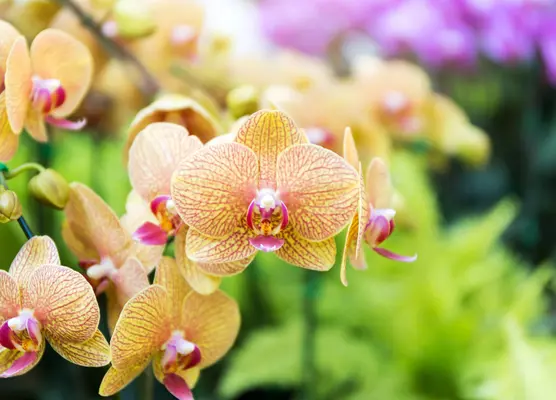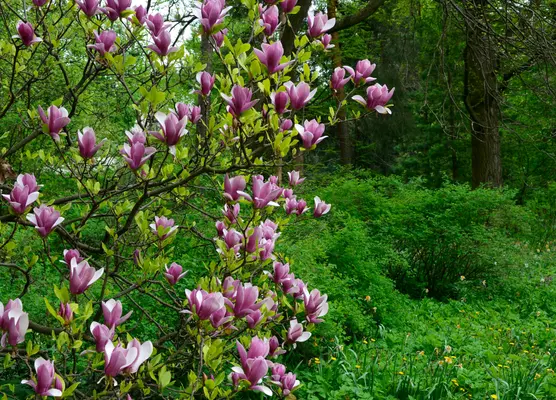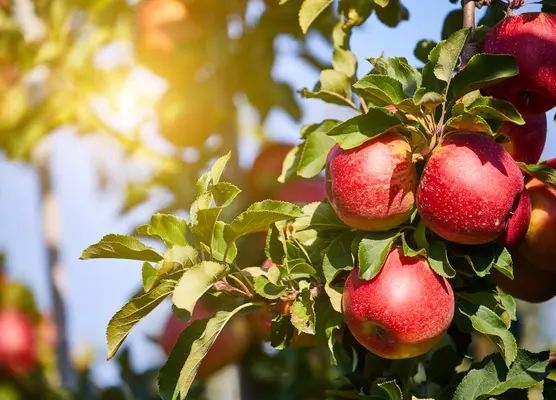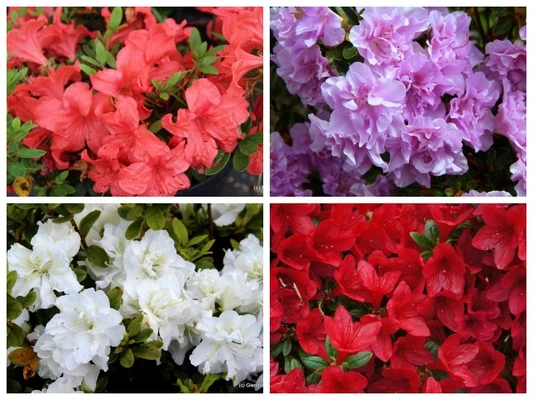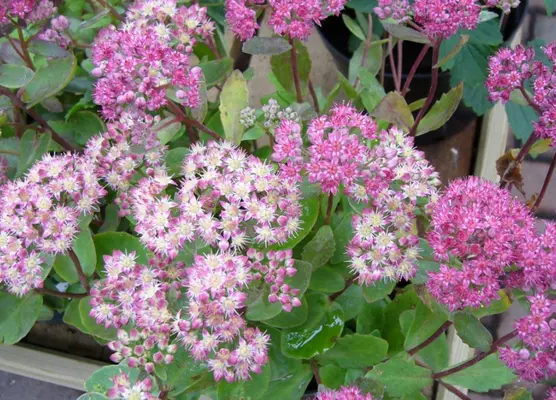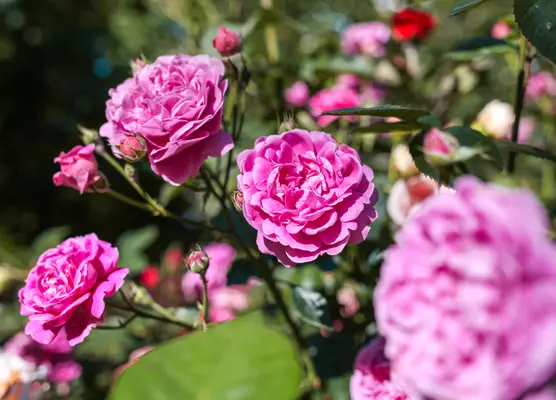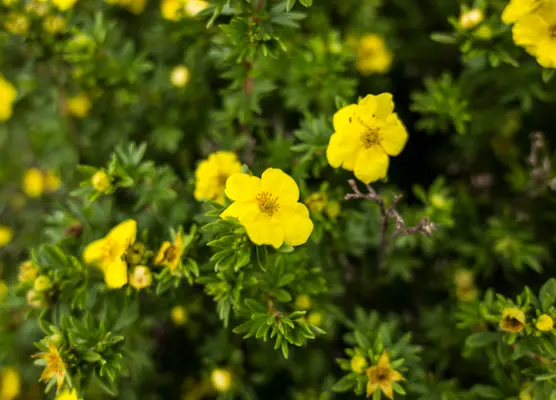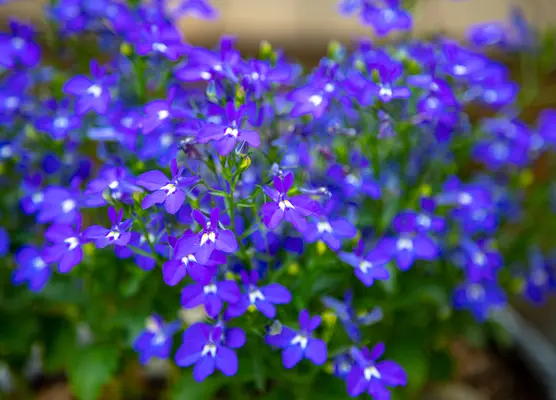Houseplants
Fantastic Glendoick house plants:
Winter House plants:
Azaleas, Poinsettias, Cyclamen
Spring House plants
Azaleas, Orchids, Streptocarpus, Cacti, Geraniums, Begonias, Jasmine,
Summer House plants
Bourganvillea, Begonias, orchids
- Plant pots of all colours are also available.
- Use plant feed for greener leaves and vibrant colour. Comes in bottles or drip feed form. We also have leaf shine and leaf wipes.
- There's also orchid food, perfect to use in the growing season, in bottle or drip feed size.
Houseplants and their care
Indoor Azaleas
- Enjoy bright, cool conditions,10-15°C (50-59°F)
- Azaleas naturally bloom in spring, but they are forced into flower for Christmas.
- Keep moist. Place the container on a pebble tray to maintain humidity.
- A sunny windowsill is an ideal position for azaleas during winter.
- In Spring, repot using an ericaceous compost. Plants can be grown outdoors in summer. Bring indoors before autumn frosts.
Cyclamen
(Cyclamen persicum hybrids)
- Indoor cyclamen include those with silver marbled leaves, frilled petals, fragrant blooms and miniatures, and a range of flower colours. They vary in height from 15cm (6in) to 30cm (1ft).
- Choose a brightly-lit situation, away from direct sunlight and heat sources. Water from below, avoid wetting foliage. Do not overwater. Use a saucer, soak for half hour and drain excess water out.
- Remove spent flowers by twisting and pulling stems.
- Cyclamen can bloom for several months and can flower again in future years. After flowering, continue watering occasionally until leaves yellow, then reduce watering as the plant becomes dormant for the summer.
- As new growth appears, repot with fresh compost and resume watering.
Poinsettias
● Buy locally grown. Glendoick’s are grown in Scotland. Supermarket imported dont last long.
● They need bright, but filtered light, away from strong sun and draughts.
● Minimum temperature of 13-15°C (55-59°F).
● Water sparingly & from below using a saucer.
● Avoid draughts and be careful when transporting poinsettias. In cold weather protect with wrapper or bag.
● Usually grown as an annual, thrown out when it is over as hard to get red bracts back.
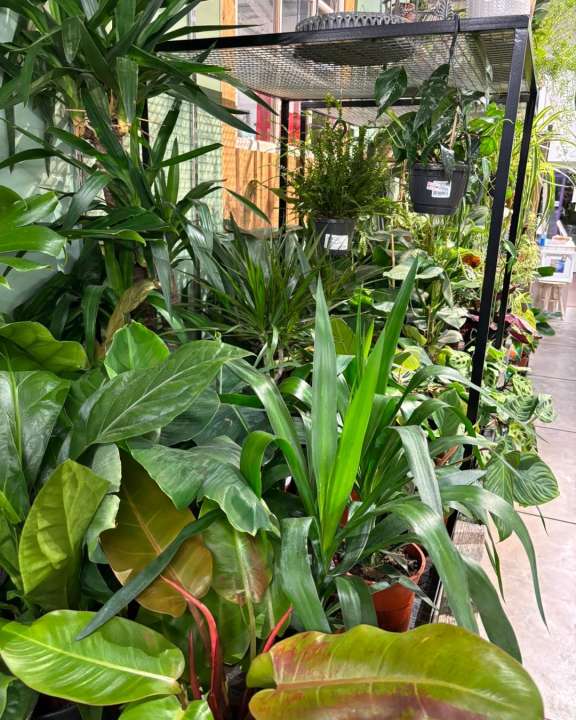
Caring for Cacti & Succulents
Position
Most cacti and succulents like a sunny or bright position window all year round.
During the winter it is best to have cool night temperatures of 8-10°C (46-50°F) as a minimum, for a period of rest. They can take central heating but not keep in very hot conditions 24 hours a day.
Compost & Watering
The compost must be open and free draining: waterlogging and overwatering will kill them trough rotting. Use Cacti compost or John Innes No 2 with 30 percent extra grit or fine gravel. Do not overpot: they like to be a bit rootbound. Re-pot pot-bound plants in spring, into a pot only slightly larger in diameter. Cacti are best watered with rainwater.
Watering in Summer
- In summer water cacti and succulents freely, allowing excess water to drain away and allow compost to dry out slightly between waterings.
- Feed established plants once a month during the growing season (April-September).
Watering in Autumn and winter
- From September to March-April reduce watering to a minimum, to encourage a period of rest and allow compost to virtually dry out before watering. Do not feed in winter.
Orchids Phalaenopsis
- Indoor orchids are mainly epiphytic (growing on trees) or lithophytic (growing on rocks).
- Repot every 2-3 years. Use bark-based orchid compost, using as container one or two sizes larger.
- Phalanopsis like indoor room conditions all year round, minimum temperature requirement of 18°C (65°F).
- Bright but filtered light; avoid direct sunshine.
- Orchids like high air humidity (mist foliage), but their roots will rot easily in wet compost. Water them about once a week, ideally using tepid rainwater. Water from above and tip out any water that collects in the saucer under the pot.

